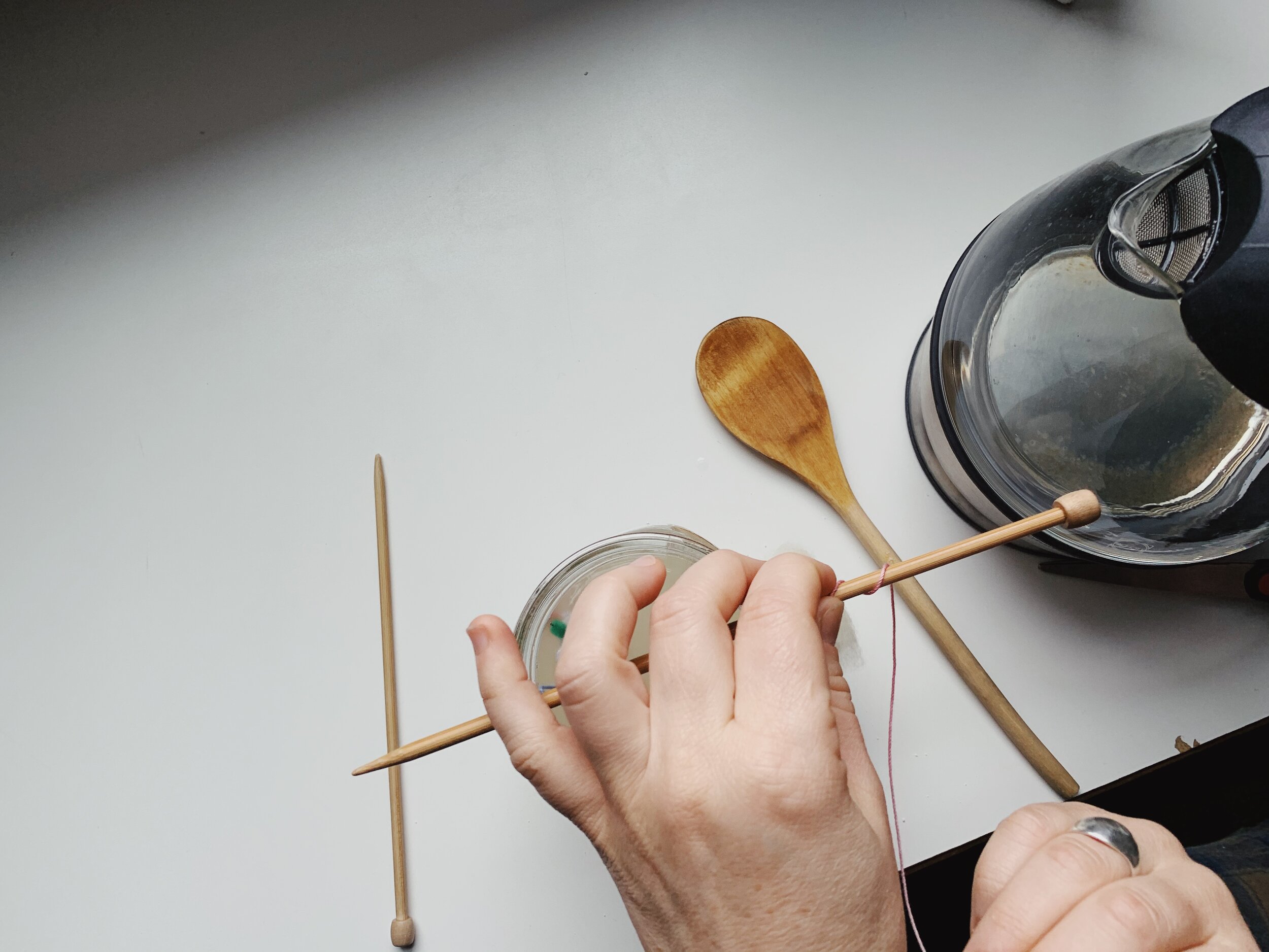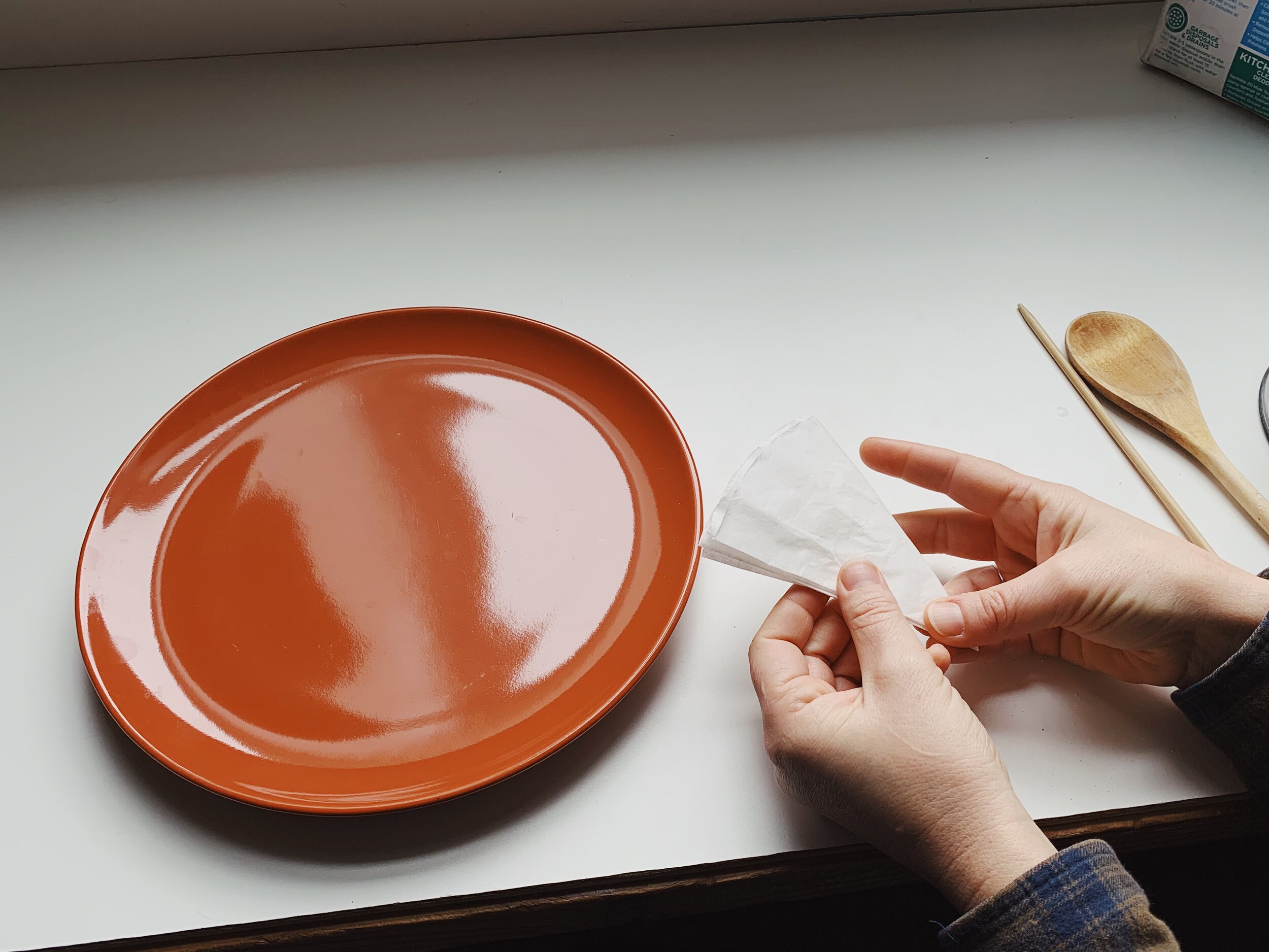Crystal Ornaments
Make your holidays sparkle this year by growing your own crystals!
































Borax* crystals can be grown quickly and easily at home on pretty much any fibrous material you can think of!
Have fun and get creative!
Materials Needed:
Water
Glass Jar
Borax
Spoon
Ornament to crystalize (pipe cleaners, cotton balls, coffee filters, etc.)
String
Scissors
Pencil (or ruler or knitting needle)
Food coloring (optional)
Crystal Ornament Tutorial:
Begin by heating a kettle of water to boiling. Give it just a minute to cool off a bit, then pour the water into a glass jar set in the basin of your sink. Add borax. You want to make a supersaturated solution, which means keep adding borax until the water can’t dissolve any more powder. As a general rule, 1 3/4 cups of borax for 4 cups of boiling water.
Once the solution is mixed, make or choose items to submerge!
Pipe cleaners can be bent into holiday designs; cotton balls will make tiny snow crystal decorations; coffee filters cut into snowflakes will take on a whole new liveliness.
Objects that have some sinking power should be tied with string and attached to a pencil (or ruler, or knitting needle) and hung so as not to touch the sides or bottom of the jar. You can hang several items in the jar at once, so long as they don’t touch; the crystals will merge together if they do. Flat objects (like snowflakes) can be laid on a plate and the solution poured over to submerge.
A little bit of food coloring can also be added to your crystal-growing solution.
Once your ornaments are all set in the solution, place the jar (or plate) outside in the cold or in the refrigerator. This quick change in temperature stimulate crystal formation, creating sparkly crystals in just a couple of hours! More time equals thicker crystal forms.
After about four hours, the crystals will be all set to display.
Leftover borax solution can be used as a cleaning product, laundry washing boost, poured down the drain — or to make more ornaments!
*While borax is used as a cleaning agent, it is not safe to eat and can be caustic in large quantities, so please use caution when working with it. When possible, use jars and spoons that won’t absorb the solution.
Born and raised under Montana’s big sky, Emma Maruska discovered her love of handwork helping with her dad’s carpentry projects and mother’s retail greenhouse. She left home to find herself in Portland attaining degrees in Organizational Communication, leading to a 10-year career in fundraising, and Fine Arts (Craft/Fiber Arts), enhancing her love of creative education. Emma is finished her Waldorf Grades Teacher training at the West Coast Institute and is currently teaching in Tuscon, Arizona.
